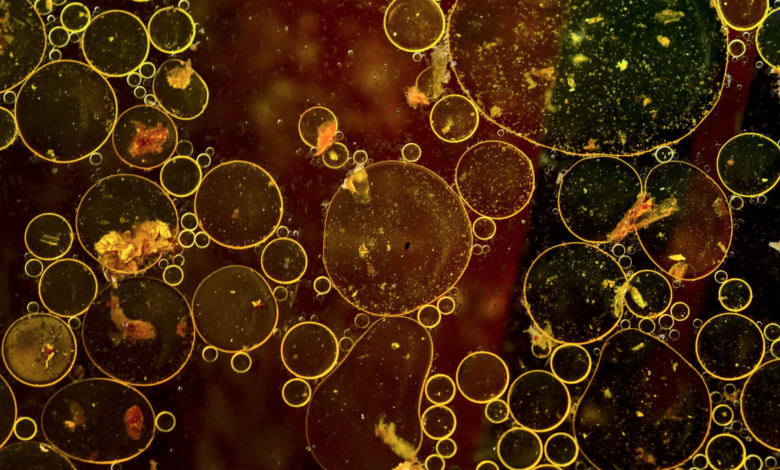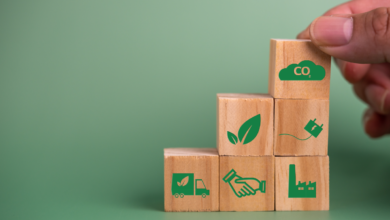So far the recovery of precious metals from wastewater has been done with hazardous chemicals
(sustainabilityenvironment.com) – A consortium led by the Korea Institute of Science and Technology (KIST) has announced significant progress in the recovery of precious metals from industrial wastewater. The innovative discovery promises to open new perspectives for the industry.
The KIST research team has developed a material based on acrylic fibers, which has proven very efficient in recovering metal ions present in wastewater. The technology represents an interesting alternative to the use of chemical agents for heavy metal precipitation in industrial wastewater. It is a more ecological method and without the risks associated with the use of synthetic substances. The material could even be produced on a large scale through a wet spinning process and the use of clothing as a second raw material.
Chemistry is usually used to precipitate metal ions in the form of oxides. However, accidents such as the leakage of hazardous substances have raised the need for more sustainable and safe alternatives. The new approach developed by KIST uses this fibrous material, which adsorbs and crystallizes the metals present in the water, allowing its recovery and regeneration. In practice, through the use of functional groups fixed on the surface of the acrylic fiber, the metal ions crystallize. Once formed, these crystals can be easily removed. During tests with copper ions, the material showed a much higher adsorption capacity than conventional adsorbents.
The fibrous structure instead of granular is a strong point of this material. Underwater control is easier and facilitates practical application in the process of recovering precious metals from waste water.
In a context where sustainability and self-sufficiency are becoming increasingly crucial, the discovery of KIST is a step forward. A new scenario opens up for greener industrial practices and efficient resource management. Not only in Korea.






